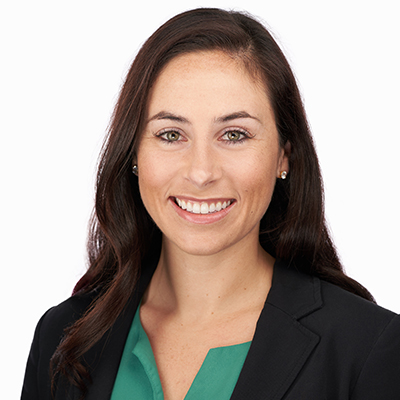Phasing Back Into Business
April 23, 2020
To the relief of many healthcare providers and patients, the Trump administration along with Centers for Medicare & Medicaid Services (CMS) has released new guidance for healthcare facilities on when and how to begin resuming in-person elective and non-essential procedures that have been halted due to COVID-19. The guidelines recommend a phased approach for areas that have had low or stable incidence of COVID-19 cases, based on gating criteria including a downward trajectory of reported symptoms/positive cases, facility testing capabilities, sufficient staffing, and available personal protective equipment. However, CMS has cautioned that providers must check with their local and state authorities, which may have varying applications of these criteria.
In addition to the CMS guidelines, the American Hospital Association, along with many other medical specialties, has created a roadmap for resuming and reopening elective surgeries. Similarly to CMS’s guidance, the roadmap recommends that prior to resuming procedures, areas should have a sustained reduction in the rate of COVID-19 cases for at least 14 days and facilities should have an appropriate number of ICU and non-ICU beds, PPE, ventilators, medical supplies, available testing for patients/staff, and a sufficient number of trained staff. The roadmap also recommends developing a case prioritization committee and policy that addresses protocols from pre-operative assessments to post-discharge planning.
Although states such as Alaska recently loosened their restrictions on non-urgent services, it could be weeks before other hard-hit areas begin lifting their restrictions. In the meantime, facilities can prepare for resuming elective procedures by forming their own multi-disciplinary committees and developing appropriate policies and procedures for both resuming or restricting non-essential procedures, should another surge occur.
For more information or guidance on preparing to resume elective and non-essential procedures, please contact the Parker, Smith & Feek Risk Control Department.
The views and opinions expressed within are those of the author(s) and do not necessarily reflect the official policy or position of Parker, Smith & Feek. While every effort has been taken in compiling this information to ensure that its contents are totally accurate, neither the publisher nor the author can accept liability for any inaccuracies or changed circumstances of any information herein or for the consequences of any reliance placed upon it.




